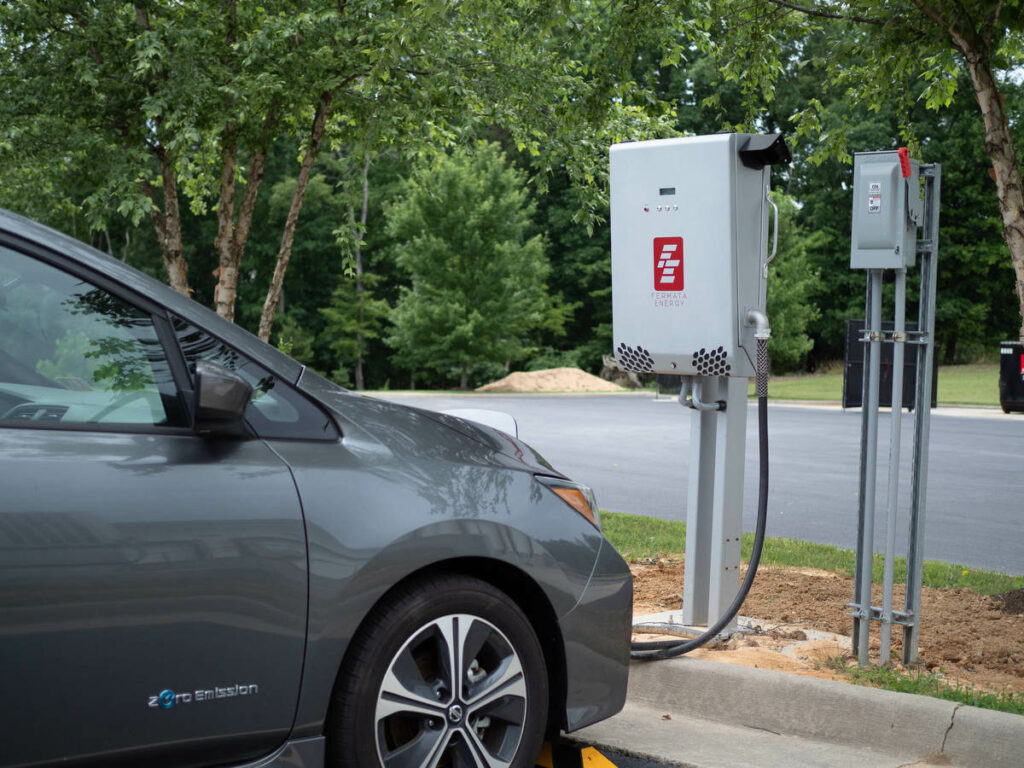 All electric vehicle (EV) manufacturers should make bi-directional charging possible to allow their batteries to be used as energy storage devices for homes or businesses, according to a California Senator.
All electric vehicle (EV) manufacturers should make bi-directional charging possible to allow their batteries to be used as energy storage devices for homes or businesses, according to a California Senator.Senator Nancy Skinner spoke at the California Senate Energy, Utilities and Communications Committee last week (18 April) in support of Senate Bill 233 (SB 233), which would require most EVs and EV supply equipment in California to have bi-directional charging capabilities.
California is going to see “many, many more EVs” on its roads in the coming years. With the stage set for so much increased reliance on EVs, “we need to also set the stage to be able to utilise EVs to their full potential,” Skinner said at the hearing.
The Senator, representing California’s Senate District 9, noted that she had been behind 2010 legislation that set up a purchasing policy for utility-scale battery energy storage systems (BESS) in the state. Despite scepticism at the time, California has since become a “world leader” in large-scale BESS deployment.
When it comes to installing batteries at households or businesses, the battery in an average electric vehicle (EV) will likely have a far greater capacity. For example, while Tesla’s Powerwall residential battery system comes with 12.5kWh capacity as standard (although they can be stacked together to make larger capacities), even Tesla’s entry-level Model 3 rear-wheel drive EV has 57.5kWh usable battery capacity.
Another example is the Ford F-150 Lightning truck. A long-range electric F-150 has 130kWh battery capacity, and the automaker has partnered with US residential solar installer Sunrun to add bi-directional charging.
At the moment, the partnership only covers vehicle-to-home (V2H) charging, i.e., plugging a Ford truck into the house to cover domestic loads, but could later add vehicle-to-grid (V2G) capabilities.
“At this point, you don’t necessarily need to buy an extra battery pack for your house, you could potentially use your EV, it has that capacity,” Skinner said.
‘Customers will save money, state will reduce power outages’
In an interview last year, Sunrun VP of policy Chris Rauscher said that 200,000 F-150 Lightnings could have provided enough energy for the California grid to ride out the surges in demand for power on the grid caused by record-breaking summer heatwaves.
“It sounds like a lot, but Ford sold 125,000 internal combustion F150s last year in Texas alone. They sold around 850,000 nationwide, so it’s really not that many trucks that would have been able to keep the California grid up, and those trucks could have done that for 13 hours,” Rauscher said.
However, as Skinner pointed out, while Nissan makes all its EVs bi-directional as standard, and Tesla is adding those capabilities to future models, they and Ford are largely outliers among automakers.
“We’re already moving in this direction. But we need all of our vehicle manufacturers to move their EVs to bi-directional so that we have that capability,” Skinner said.
“And then we could potentially utilise the EV say when the electricity demand is highest, and rates are highest. If you’ve charged your EV at night, when the rates are lower, and when demand is not as great, you could then utilise your EV to power your house for a couple hours while those rates are the highest. And thus saving you a great deal of money and pulling off the demand, which of course will help us reduce power outages.”
Automaker General Motors (GM) started a trial project in December last year with San Diego Gas & Electric (SDG&E), one of California’s three main investor-owned utilities (IOUs), to explore the potential of vehicle-to-grid and vehicle-to-home integration.
While technically feasible, bi-directional vehicle charging faces barriers to adoption in the consumer space that include manufacturer warranties and customer acquisition. In a feature article a few months ago for our quarterly journal PV Tech Power (Vol.33), three V2X projects that get around some of those challenges were profiled.